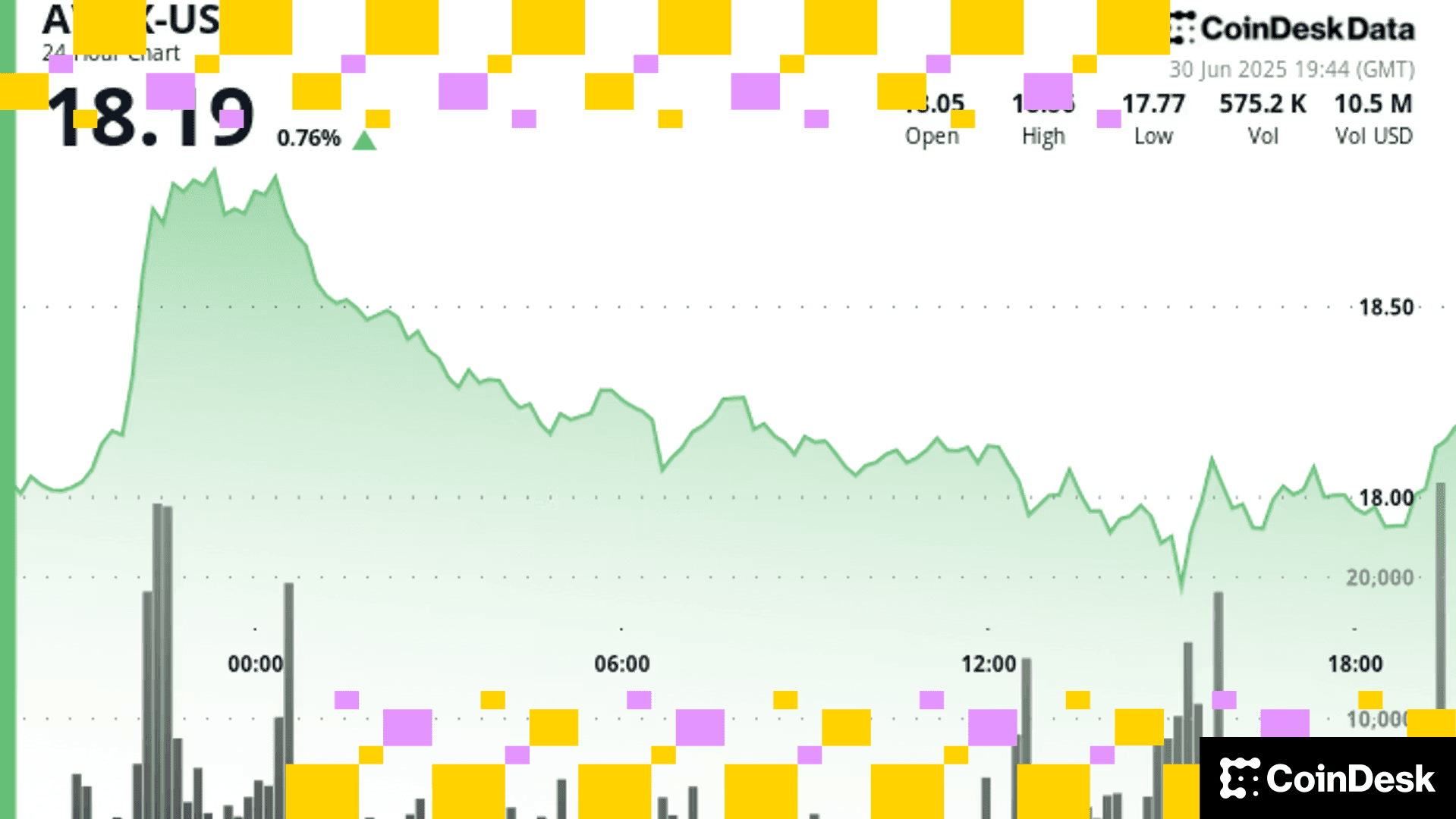UK to Introduce Legislation on Stablecoins by August: BoE’s Cunliffe
There’s been at least a bit of delay in the framework thanks to recent resignations from Prime Minister Boris Johnson's government.

The U.K. Treasury – in consultation with other regulatory bodies including the Bank of England (BoE), the Payment Systems Regulator (PSR) and the Financial Conduct Authority (FCA) – will introduce legislation on a regulatory system for stablecoins before the August summer break, said Deputy BoE Governor Jon Cunliffe on Wednesday.
Speaking at the Qatar Centre for Global Banking and Finance’s annual conference, Cunliffe said recent events have delayed plans a bit. He’s likely referring to the last 24 hours, when Treasury chief Rishi Sunak and senior Treasury official Jon Glen resigned from their roles in Prime Minister Boris Johnson’s government. Both Sunak and Glen had presented themselves as fans of crypto, announcing months ago their hope the U.K. would become a hub for digital assets.
In April, the Treasury, in its response to a stablecoin consultation from January, said that the government would initially look to regulate that sector of crypto using the 2017 Payment Service Regulations, Financial Services Act and the 2011 Electronic Money Regulations Act. It promised more detailed requirements for stablecoins to be developed with the help of the BoE, FCA and PSR.
Cunliffe also spoke about plans outside of the U.K., saying the committee on payments and market infrastructures (CPMI) – the international panel that Cunliffe chairs – will finalize guidance on global standards for systemic payment systems before the summer break. Among the issues: What assets should back these stablecoins, what should the redemption or claim be and how do you ensure if a stablecoin or money that is being used at a systemic level is safe. The CPMI also plans a report on how the Basel Framework for banking should apply to stablecoins, Cunliffe said.
UPDATE (Jul 20. 17:02 UTC): Clarifies that the April Treasury publication was a response to a stablecoin consultation from January in the penultimate paragraph.
More For You
Exchange Review - March 2025

CoinDesk Data's monthly Exchange Review captures the key developments within the cryptocurrency exchange market. The report includes analyses that relate to exchange volumes, crypto derivatives trading, market segmentation by fees, fiat trading, and more.
What to know:
Trading activity softened in March as market uncertainty grew amid escalating tariff tensions between the U.S. and global trading partners. Centralized exchanges recorded their lowest combined trading volume since October, declining 6.24% to $6.79tn. This marked the third consecutive monthly decline across both market segments, with spot trading volume falling 14.1% to $1.98tn and derivatives trading slipping 2.56% to $4.81tn.
- Trading Volumes Decline for Third Consecutive Month: Combined spot and derivatives trading volume on centralized exchanges fell by 6.24% to $6.79tn in March 2025, reaching the lowest level since October. Both spot and derivatives markets recorded their third consecutive monthly decline, falling 14.1% and 2.56% to $1.98tn and $4.81tn respectively.
- Institutional Crypto Trading Volume on CME Falls 23.5%: In March, total derivatives trading volume on the CME exchange fell by 23.5% to $175bn, the lowest monthly volume since October 2024. CME's market share among derivatives exchanges dropped from 4.63% to 3.64%, suggesting declining institutional interest amid current macroeconomic conditions.
- Bybit Spot Market Share Slides in March: Spot trading volume on Bybit fell by 52.1% to $81.1bn in March, coinciding with decreased trading activity following the hack of the exchange's cold wallets in February. Bybit's spot market share dropped from 7.35% to 4.10%, its lowest since July 2023.
More For You











